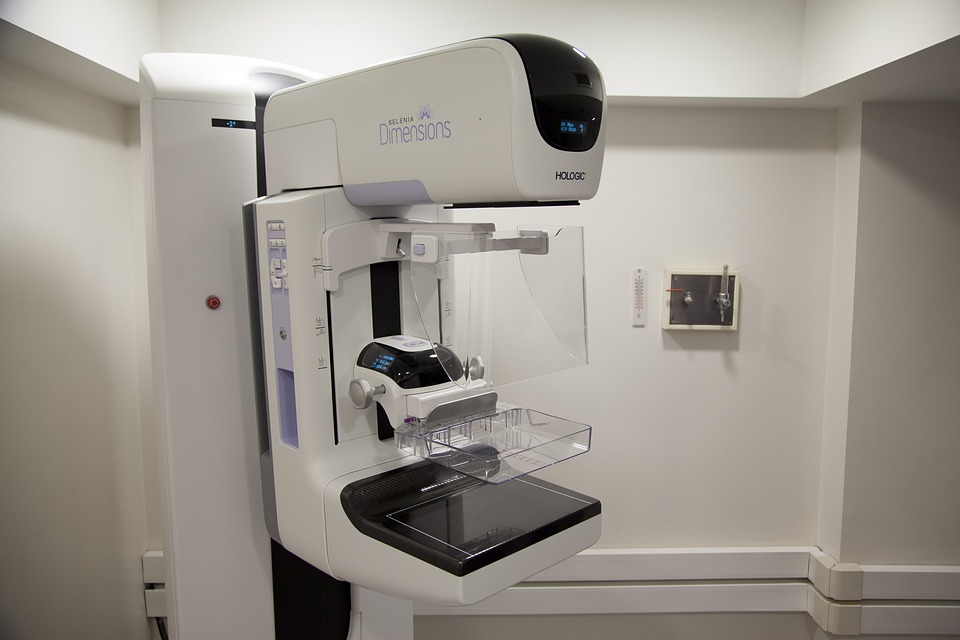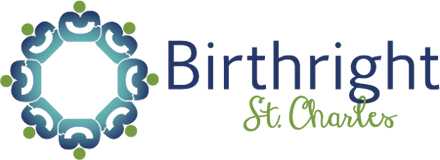 As women, we’ve all heard this advice: To catch breast cancer early, go get regular mammograms. However, you may be asking yourself a few questions, such as: What exactly is a mammogram? Do I really need one? When should I start getting them?
As women, we’ve all heard this advice: To catch breast cancer early, go get regular mammograms. However, you may be asking yourself a few questions, such as: What exactly is a mammogram? Do I really need one? When should I start getting them?
Those are very common questions, and it’s important for women to understand the importance of regular mammograms as well as what risk factors to consider for deciding when to begin regular screenings.
What Are The Benefits & Risks Of Mammograms?
A mammogram is an x-ray of the breast used to detect unusual masses like tumors or ductal carcinoma in situ (DCIS), which are abnormal cells in a milk duct that are isolated and noninvasive but can lead to breast cancer.
Mammograms can find breast cancer early, leading to life-saving treatment since small cancers are much easier to treat. Early detection greatly reduces the number of women who die from breast cancer.
While there are some risks associated with mammograms, it’s very important to remember that these are small and the benefits far outweigh any risks. Some risks include:
- Over-diagnosis
- False Positives
- False Negatives
- Radiation Exposure
At What Age Should I Start Getting A Mammogram?
The “golden standard” is that you start getting mammograms around age 40. However, certain risk factors may necessitate beginning screenings even earlier than this. Some risk factors to consider include:
- Family history: If your family has a history of breast cancer, it is vital that you get screened early, as your risk is 5 times higher than average. One leading physician in the field of Breast Imaging suggests beginning mammograms “ten years younger than the age at which your relative was diagnosed”; for example, if your grandmother was diagnosed with breast cancer at age 43, begin having mammogram screenings at age 33. Additionally, certain gene mutations can increase one’s risk of developing breast cancer. If several women in your family history have been affected, it may be a good idea to consider gene testing to rule out the possibility of this inherited risk factor.
- Certain breast changes: The development of begin breast conditions can also increase your risk for developing breast cancer down the road. If the look and feel of your breasts change in any unusual way, contact your doctor after ruling out normal breast changes associated with your period, pregnancy, or menopause.
- Menstrual history: Women who begin menstruating “early”, or before age 12, as well as women who go through menopause past the normative age may have a slightly higher chance of developing breast cancer, thought to be due to elongated exposure to certain hormones.
- Previous Treatments: In some cases, previous drug usages or medical treatments can increase your risk for breast cancer including the use of oral contraceptives, diethylstilbestrol exposure and radiation exposure.
No matter your age, mammograms are needed if you detect any unusual lumps in your breasts during your breast exam.
Eating healthy, exercising regularly, and refraining from smoking and drinking excessive amounts of alcohol are a few of the proactive steps you can take to reduce your chances of developing breast cancer.
